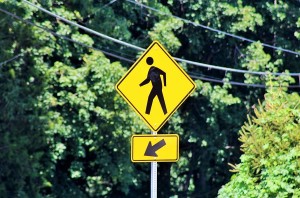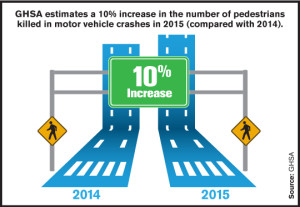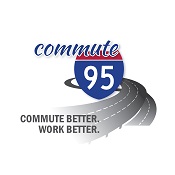
The annual Governors Highway Safety Association (GSHA) Spotlight on Highway Safety Report was released this week, citing an estimated 10 percent increase in the number of persons on foot killed in traffic crashes in 2015, compared with the prior year. In the first 6 months of 2015, Pennsylvania experienced 59 pedestrian fatalities, a 19 percent decrease when compared to 2014. Pennsylvania ended 2014 with 166 pedestrian fatalities.
The GSHA report compares the number of pedestrian fatalities in the U.S. for the first six months of 2015 (2,368) with the same time period the previous year (2,232). Adjusting for anticipated underreporting associated with the preliminary data, researchers anticipate the final 2015 pedestrian fatality total will be approximately 10 percent higher than in 2014. Along with the increase in pedestrian fatalities, pedestrians now account for a larger share − about 15 percent of all motor vehicle crash-related deaths – compared with 11 percent a decade ago.

“AAA has always supported initiatives to make our roadways safe for all users,” says Jana L. Tidwell, Manager of Public and Government Affairs for AAA Mid-Atlantic. “Although data shows state-wide pedestrian fatalities have declined, locally there is concern about the high rate of pedestrian fatalities in Philadelphia.”
Locally, concern for road users in Philadelphia has led transportation stakeholders to urge Mayor Kenney to help make Philadelphia roads safe for all users – people in automobiles, on bicycles and on foot – by supporting and implementing a Vision Zero initiative, making it a priority to study the causes of crashes and implementing better, safer strategies and begin to save 90-100 lives a year in Philadelphia. Vision Zero is a policy designed to cut traffic deaths and crashes on city roadways.
“It is imperative to study the crash data before any strategies can be suggested or implemented,” said Tidwell. “We can’t solve this problem, until we know exactly what the problem truly is.”
Facts Supporting a Vision Zero Policy in Philadelphia
- Philadelphia has one of the highest rates of pedestrian traffic fatalities of its peer cities in the United States. (NHTSA)
- In 2013, 4 in every 10 Philadelphia traffic fatalities were a pedestrian. (NHTSA)
- Road crashes cause the loss of almost 100 lives every year in Philadelphia. (NHTSA)
- From 2009 to 2013, Philadelphia’s pedestrian fatalities increased over 15 percent at a time when automobile fatalities declined almost 15 percent.
“One death on our roadways is too many,” said Tidwell. “We should never think of crashes on as inevitable. AAA believes that the traffic safety culture inPhiladelphia needs to change among all road users, across all modes of transportation, needs to share the road safely and responsibly.”
In a recent AAA Mid-Atlantic poll, 88 percent of Pennsylvania drivers believe all road users, including motorists, bicyclists and pedestrians, are responsible for using roadways safely.
The same survey also revealed the majority of motorists (62 percent) do not view Philadelphia as a safe city for all road users – motorists, bicyclists and pedestrians – to share the roads together.
AAA reminds both pedestrians and the motoring public to be extra vigilant, stay alert and avoid distractions:
Pedestrians:
- Cross only in crosswalks or at intersections with traffic signals; Use crosswalks when crossing the street. If a crosswalk is unavailable, be sure to find the most well-lit spot on the road to cross and wait for a long enough gap in traffic to make it safely across the street.
- Carry a flashlight or wear reflective clothing at night.
- Use sidewalks whenever possible.
- Do not walk under the influence of drugs or alcohol.
Drivers:
- Look out for pedestrians at all times. When you are operating a vehicle, you have accepted a heightened responsibility for other people on the road.
- Always yield to pedestrians in a crosswalk. When approaching a crosswalk, reduce your speed and be prepared to stop.
- Obey the posted speed limits. This is even more important in areas that have lower speed limits, such as school zones and neighborhood streets where pedestrians may appear suddenly.
- Never drive under the influence of drugs or alcohol. Getting behind the wheel while impaired puts everyone in danger.





